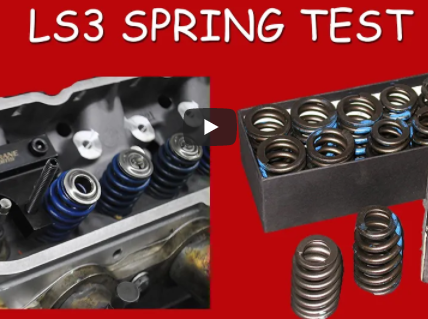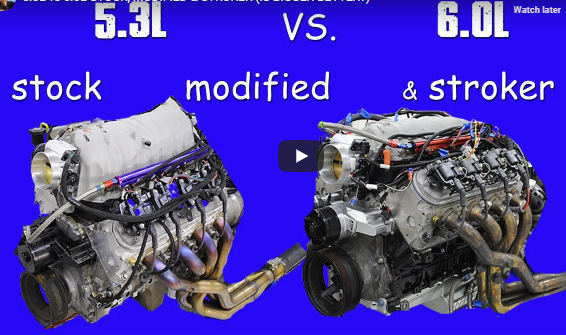
Roller rockers, roller lifters, beehive valve springs, lightweight valves, lightweight locks and retainers, and the list goes on. These are all things designed to aid in controlling valvetrain at high rpm and under extreme power levels, and they do this by reducing the load required to move and control these components. So it would make sense that lighter valve springs would also be good for that. After all, anyone that has built an engine before knows that spinning the engine over by hand is very easy when it is just a short block and gets harder as you add components. If you have an engine with no spark plugs in it, and no rocker arms, then it is still really easy to spin by hand. But when you also have to turn the valvetrain, it becomes much more difficult.
So if you had an engine that didn’t “require” heavier valve springs, because it wasn’t going to be run at high rpm or didn’t have a camshaft that needed the extra valve control that heavy springs provide, would it make more horsepower with lighter weight springs that the others? Logic says yes. Or at least it seems like it does. But what does the dyno say?
Luckily for us, Richard Holdener knows because he’s done this very test and here it is so you can see for yourself.
[embedded content]






